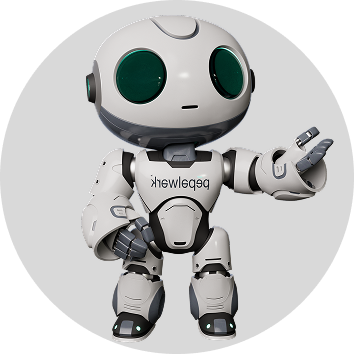Introduction
Recruitment, like many aspects of the modern world, is in a constant state of transformation. The conventional approach of relying solely on traditional job descriptions is gradually being replaced by more effective and engaging strategies. In this article, we delve into the evolution of job descriptions, why they often fail to capture the essence of roles, and how the recruitment landscape is adapting to provide a more comprehensive view of expectations.
The Limitations of Traditional Job Descriptions
Traditional job descriptions, once the backbone of recruitment efforts, have inherent limitations:
Lack of Context: Text-based descriptions often fail to convey the bigger picture of a role, leaving candidates without a clear understanding of its contribution to the organization.
Static Information: They tend to be static and one-dimensional, failing to reflect the dynamic nature of modern workplaces.
Generic Language: Overuse of standardized language and jargon can deter candidates and blur the unique qualities of the role.
Missed Cultural Insights: Traditional descriptions rarely provide insights into company culture, team dynamics, and growth opportunities.
Rising to the Challenge: A Comprehensive View
In response to these limitations, the recruitment landscape is undergoing a transformation with a focus on creating a more holistic view of job opportunities:
Interactive Job Profiles: Employers are adopting innovative tools that allow them to create interactive profiles enriched with multimedia elements such as videos, images, and dynamic content.
Real Insights through Videos: Videos provide candidates with insights beyond text, offering glimpses into day-to-day responsibilities and showcasing the company's values and culture.
Visual Impact: Dynamic elements like infographics and visual representations offer a better understanding of job roles and expectations.
Employee Testimonials: First-hand accounts from current employees offer authenticity and provide candidates with a genuine perspective on the role.
The Advantages of Comprehensive Job Views
Enhanced Engagement: Interactive profiles capture candidates' attention and make the application process more engaging.
Clear Expectations: Multimedia-rich content leaves no room for ambiguity, ensuring candidates understand what the role entails.
Cultural Fit: Videos and images give candidates a sense of the company's culture, helping them evaluate if they align with the organization's values.
Inclusivity: Visual content appeals to a wider audience, promoting diversity and attracting candidates from varied backgrounds.
Shaping the Future of Recruitment
As recruitment continues to evolve, embracing more comprehensive approaches to job descriptions offers several benefits:
Technology's Role: The integration of technology, such as videos and interactive content, is becoming a defining feature of modern recruitment strategies.
Personalization: Tailoring job profiles to candidates' preferences and values ensures a more accurate match between candidates and roles.
Informed Decisions: Candidates armed with a holistic understanding of the role make more informed decisions about their career choices.
Conclusion
The world of recruitment is in the midst of a paradigm shift. Traditional job descriptions are gradually giving way to interactive, multimedia-rich job profiles that provide candidates with a comprehensive view of roles and expectations. As the recruitment landscape evolves, embracing these changes is not just an adaptation; it's a strategic move towards creating a more transparent, engaging, and inclusive recruitment process that benefits both employers and candidates. In this ever-changing world, one thing remains constant: the importance of keeping up with the pace of change to stay ahead.
-1.png?width=520&height=294&name=MicrosoftTeams-image%20(3)-1.png)








